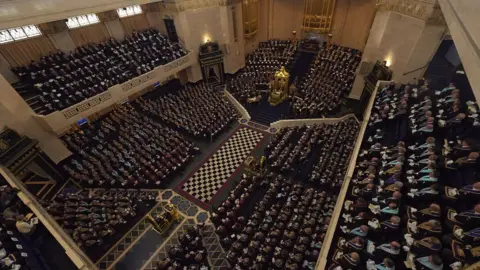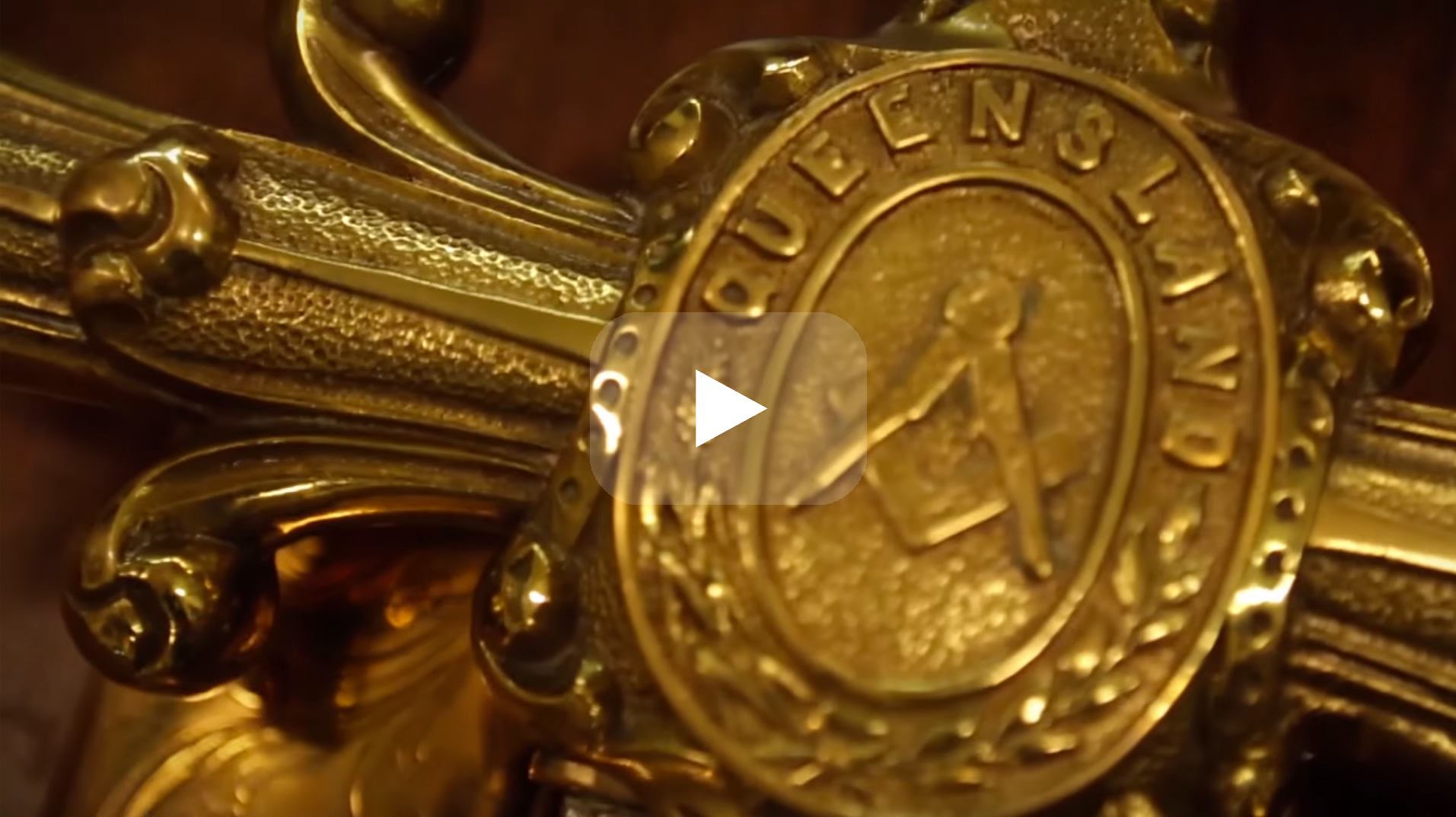Start Now with Detailed Instructions on How to Join a Masonic Lodge
Start Now with Detailed Instructions on How to Join a Masonic Lodge
Blog Article
Checking Out the Mysteries of the copyright: What You Need to Know
The copyright, a term usually shrouded in intrigue and debate, stands for an intricate tapestry of historic fact and contemporary myth. Developed in the late 18th century, this secret culture was originally rooted in the Enlightenment's ideals however has considering that come to be synonymous with conspiracy theories regarding elite control.
Origins of the copyright
The origins of the copyright are steeped in a blend of historic intrigue and ideological eagerness. Developed in 1776 in Ingolstadt, Bavaria, by Adam Weishaupt, the team was originally created as a secret society aimed at promoting Enlightenment ideals such as reason, secularism, and the separation of church and state. join freemason. Weishaupt, a professor of canon law, sought to challenge the prevailing authority of the church and state, which he viewed as oppressive institutions stifling intellectual and individual liberty
The copyright looked for to hire significant participants from different social fields, consisting of national politics, academia, and the arts, to cultivate a network committed to these Enlightenment concepts. The culture run under a veil of secrecy, using coded language and rituals to protect its members from mistreatment, particularly provided the repressive climate of the moment. The copyright faced substantial resistance from both governmental authorities and religious institutions, which watched the team as a risk to their power.
Key Numbers and Members
Who were the crucial figures that shaped the copyright's very early influence and instructions? The Bavarian copyright, established in 1776 by Adam Weishaupt, emerged as a response to the overbearing societal frameworks of the time. Weishaupt, a regulation teacher, visualized the company as a way to promote Knowledge ideals such as factor, secularism, and equality. His first recruitment initiatives included significant intellectuals, such as Baron von Knigge, that played a critical function in increasing the group's subscription and organizational framework.
One more substantial figure was Johann Gottlieb Fichte, a noticeable philosopher whose concepts on nationalism and education and learning resonated with the copyright's goals. Fichte was not a formal participant, his thoughtful underpinnings influenced the team's ideology. Additionally, numbers like the author and philosopher Johann Wolfgang von Goethe were connected with the more comprehensive intellectual movements of the time, although their straight participation with the copyright stays debated.
These vital numbers added to the copyright's early instructions, pressing the limits of political and social thought, while their cumulative efforts aimed to test well-known standards and cultivate a climate of progressive modification in Europe. (join freemason)
Misconceptions vs. Fact
Many mistaken beliefs border the copyright, frequently blending truth with fiction in a manner that covers its real nature. This secret culture, initially started in 1776 in Bavaria, intended to advertise Knowledge perfects and fight religious and political injustice. The concept that the copyright continues to put in considerable influence over world events is a myth. While the group did exist, it was disbanded in the late 18th century and has actually not run as a natural entity ever since.
Another widespread misconception is that the copyright makes up a network of elite individuals manipulating global events. Actually, numerous conspiracy concepts overemphasize the group's importance, attributing misguided intentions to societal trends and occasions. This has resulted in an oversimplified pop over to this site sight of intricate problems.
Additionally, the representation of the copyright in preferred society typically further misshapes its tradition. Films and literary works have a tendency to sensationalize the organization's function, creating a story that splits from historical truths. Understanding the distinction between the misconceptions and the truth of the copyright is essential for critical the genuine effect of this historical group and identifying the more comprehensive effects of conspiracy theories in modern culture.

Modern Interpretations
Contemporary interpretations of the copyright usually show broader social stress and anxieties and a fascination with privacy and power. This modern lens regularly connects the copyright with conspiracy theory theories that recommend a concealed elite orchestrates globe events, adjusting governments and economic situations for their own gain. Such stories tap right into an ingrained distrust of authority, especially in times of crisis or social upheaval.
In pop culture, the copyright is usually portrayed as a divine organization shrouded in enigma, leading to a variety of fictional portrayals in literary works, film, and music. This representation offers not only to amuse however additionally to provoke considered the nature of power and control in contemporary society. Social media site has even more magnified these analyses, allowing for fast circulation of conspiracy theory theories and producing neighborhoods that share and increase upon these ideas.
Furthermore, some contemporary analyses mount the copyright as an allegory for the intricacies of globalization and the interconnectedness of influential individuals and organizations. This point of view urges a critical evaluation of exactly how power dynamics run in today's globe, highlighting the equilibrium in between openness and privacy in administration and company practices.
Social Influence and Tradition
Influenced by centuries of intrigue, the cultural impact and legacy of the copyright prolong far past its historic beginnings. This secret culture, established in the late 18th century, has actually penetrated numerous elements you could try these out of prominent society, from literary works and film to songs and art. join freemason. The principle of the copyright has actually progressed into a symbol of conspiracy theory concepts, typically representing a perceived surprise power adjusting worldwide events
In literature, writers like Dan Brown have actually woven the copyright into intricate stories, fascinating readers with motifs of secrecy and power. Movies such as "National Prize" and "The Da Vinci Code" even more bolster the appeal of the society, mixing truth with fiction to create appealing narratives.

Eventually, the copyright's heritage is a complicated moved here tapestry of myth and fact, shaping assumptions of secrecy and control in modern discourse. Its long-lasting presence in society underscores mankind's perennial pursuit for understanding surprise truths.

Verdict
The exploration of the copyright reveals a complicated interplay in between historical truths and modern myth-making. Started in the Enlightenment period, this society intended to challenge overbearing structures, yet its tradition has been eclipsed by conspiracy theory theories that recommend elite manipulation. Recognizing the distinctions in between the initial suitables and contemporary analyses is crucial for comprehending the enduring attraction with the copyright and its substantial impact on social narratives bordering power and secrecy in culture.
Report this page